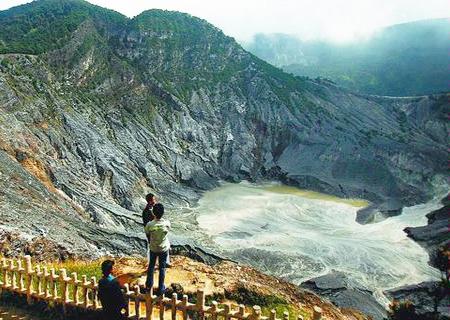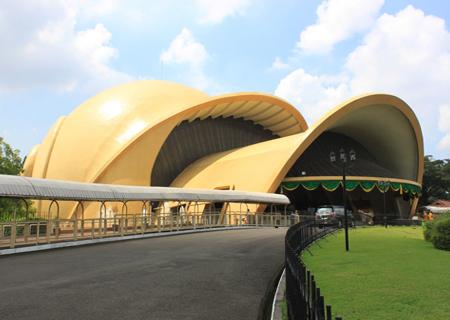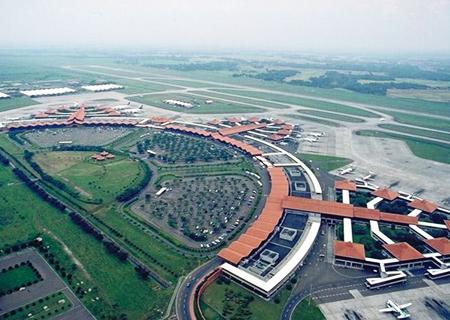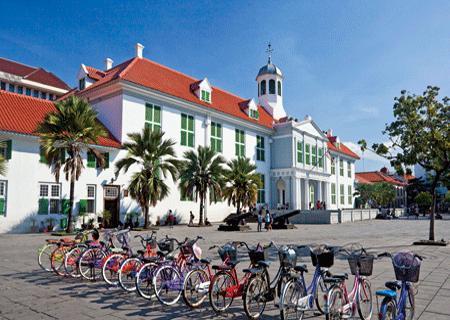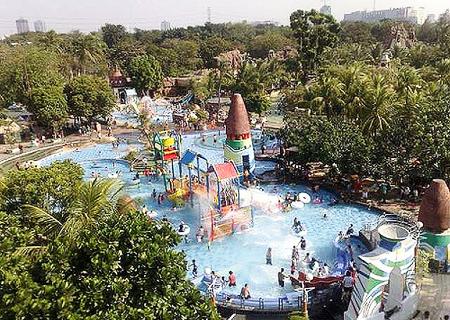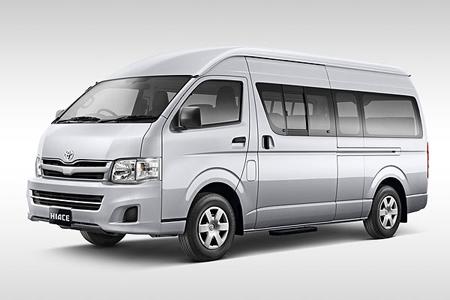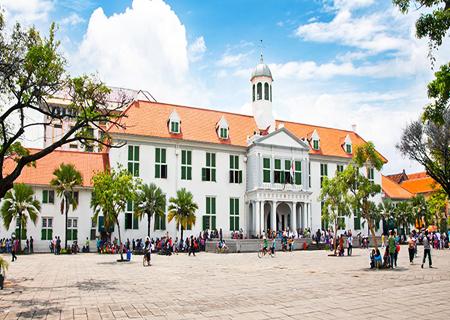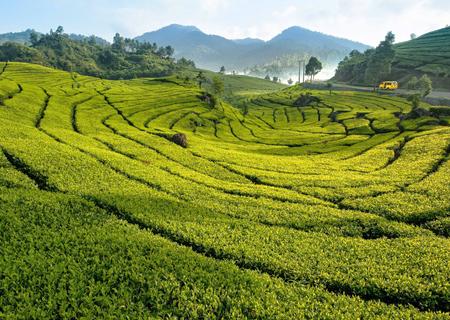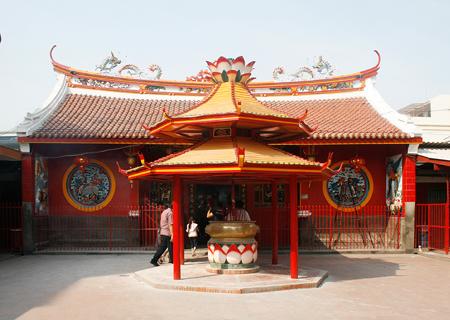Jakarta, formerly (until 1949) Batavia or (1949–72) Djakarta, largest city and capital of Indonesia. Jakarta lies on the northwest coast of Java at the mouth of the Ciliwung (Liwung River), on Jakarta Bay (an embayment of the Java Sea). It is coextensive with the metropolitan district of Greater Jakarta (Jakarta Raya) and nearly coextensive with the daerah khusus ibukota (special capital district) of Jakarta-the latter also including a number of small offshore islands in the Java Sea.
In 1966, when the city was declared a special capital district, it gained a status approximately equivalent to that of a state or province. The city has long been a major trade and financial centre. It has also become an important industrial city and a centre for education.
Cultural Life
Among other cultural activities, the Taman Ismail Marzuki centre has facilities for traditional and classical art performances as well as theatres for presenting modern plays and concerts; the centre also has a planetarium. Traditional performances include wayang dance and drama, gamelan music, and wayang kulit shadow-play puppet shows. Traditional performances representing the culture of other parts of Indonesia are included in the programs presented at the annual Jakarta Fair.
Extensive public recreation spots in and around Jakarta include a seaside recreation area at Ancol and the Ragunan Zoological Gardens near Pasarminggu. The latter houses such indigenous animals as Komodo dragons, Sumatran tigers, and orangutans. Playgrounds include the Taman Ria and the Taman Ria Remaja complexes. The fairgrounds, designed as an exhibition facility, opened in 1992. Jakarta’s historic section highlights the city’s Dutch influence. Although some of the buildings there were destroyed in the 19th century, a major restoration project got under way in the 1970s. The 250-acre (100-hectare) Taman Mini Indonesia Indah (Beautiful Indonesia in Miniature) park, just southeast of the city, contains exhibits of traditional houses representing each of Indonesia’s provinces. The city also provides public recreation facilities.
History
The first settlements on the site of Jakarta were established at the mouth of the Ciliwung, perhaps as early as the 5th century AD. The city’s official history, however, starts in 1527, when the sultan of Bantam defeated the Portuguese there and called the place Jayakerta (Sundanese: “Glorious Fortress”). The Dutch, under the leadership of Jan Pieterszoon Coen, captured and razed the city in 1619, after which the capital of the Dutch East Indies-a walled township named Batavia was established on the site.
The colonial history of the city can be divided into three major periods. First was that of the Dutch East India Company, when most of the activities of the city centred around the fortress and the company warehouses. At that time the city somewhat resembled a typical Dutch town, complete with canals. The second period began in the early 1800s, when the city was extended to include higher and more healthful areas to the south, which would later become the seat of the new colonial government. A brief interval of British control during the Napoleonic Wars, ending in 1815, interrupted the second period. During the third period, which lasted from about the 1920s to 1941, the city became modernized.
The colonial era ended when Indonesia was occupied by Japanese forces in World War II. After the war the city was briefly occupied by the Allies and then was returned to the Dutch. During the Japanese occupation and again after Indonesian nationalists declared independence on August 17, 1945, the city was renamed Djakarta. The Dutch name Batavia remained the internationally recognized name until full Indonesian independence was achieved and Djakarta was officially proclaimed the national capital (and its present name recognized) on December 27, 1949.
Jakarta has undergone tremendous growth and development since Indonesia’s independence. During the 1950s the city began its transformation, as President Sukarno supported large-scale construction projects. The city’s infrastructure was modernized, and office towers rose. Jakarta became one of the largest metropolises of tropical Asia and emerged as a financial and commercial centre during the tenure of Suharto, whose reign was marked by widespread corruption and nepotism. After decades of economic growth, the city and the country were hit hard by a financial crisis in Asia in 1997–98. Widespread antigovernment protests and rioting ensued, which claimed the lives of more than 500 people; Suharto was forced to resign in 1998. Thus, at the outset of the 21st century, Indonesia and Jakarta were undergoing a dramatic economic, political, and social transition.
